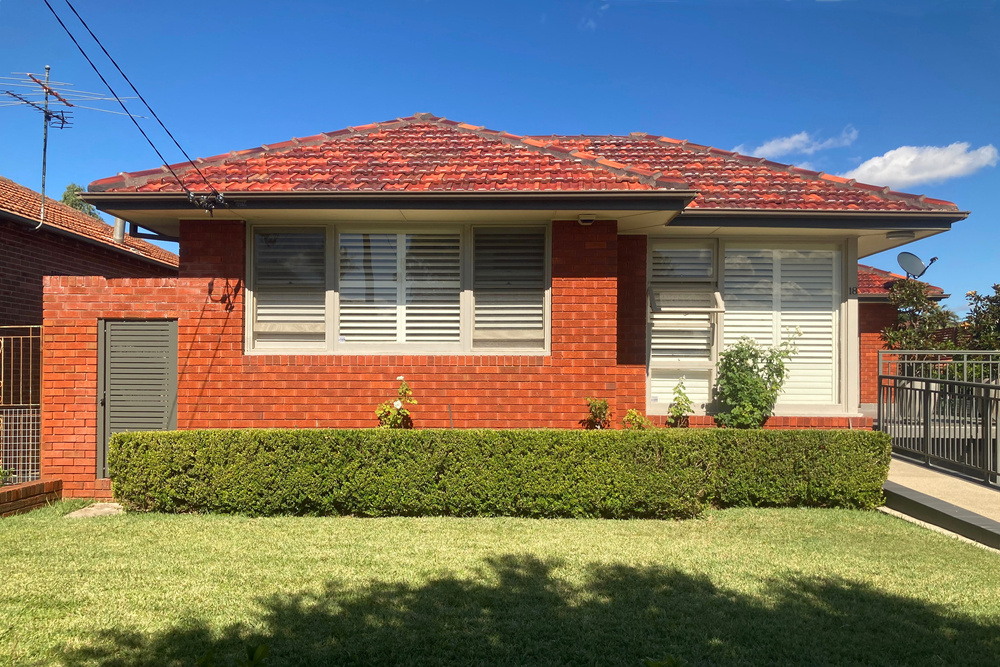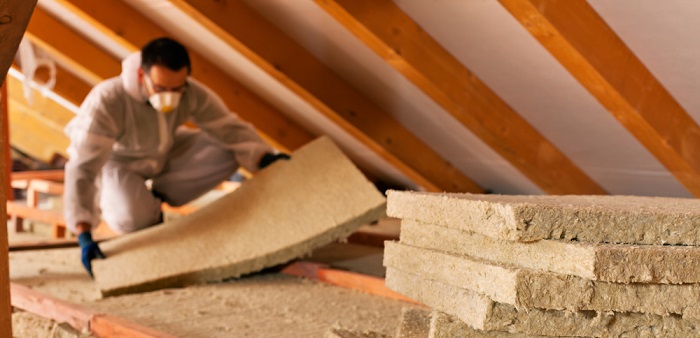
Jul
A basic intro to roof insulation

Winter is here! While it might not snow here in Brisbane, or anywhere in Queensland, it can still get cold during winter. The all time low in Brisbane was recorded in 2014 at a mere 2.6 degress Celsius - luckily it’s not like that often, but can average during July around 15 degrees Celsius, and nights a cool 8 degrees Celsius. Also fortunately the cold months are only few here - so what can you do to your home to keep warm in winter but still cool in summer? Yep, that’s right - insulation. In this post, we talk about the different types of roof insulation materials.
But firstly, why have roof insulation in the first place?
Did you know that up to 40% of heating costs could be attribute to the fact that your roof isn’t insulated properly. Same stats for cooling costs. Warm air, without something blocking it and left to its own devices tends to raise upwards, whereas colder air tends to drop. Now, put this in context with your home with a roof or ceiling without insulation. If you’re heating a room, the air will tend to stay in ceiling. So if it’s not insulated that warmth goes straight into your roof space and outside of your house! Similarly, when you try to a cool a room, the same thing happens but in reverse. During a hot day the roof space can get very hot, so then the ceiling starts getting hot too. Most aircons are places high on the wall, this means they are trying to cool down already warmer air. Your aircon unit is constantly measuring the temperature at its wall location and not on the floor level, meaning it will continuously work harder to keep your home ‘over cool’ when it doesn’t need to.Insulation is the single most energy-efficient addition you can make to your home. Insulation provides a barrier to heat flowing in and out of your home and is essential to keeping your home warm in winter and cool in summer.
Bulk insulation
This type of insulation resists the transfer of heat by trapping pockets of air within its structure. Bulk insulation includes materials such as glass wool, wool, cellulose fibre, polyester and polystyrene and comes with one R-value for a given thickness.
Tip: R-value means the measurement of resistant to heat flow. In other words, the higher the R-value, the higher the level of insulation
Reflective insulation
This type of insulation works by reflecting heat from its surface usually shiny aluminium foil laminated onto paper or plastic. The total R-values for reflective insulation are supplied as ‘up and down’ values. Total values depend on where and how the reflective insulation is installed. It’s important to check that the values provided by the manufacturer relate to your particular installation situation.
Note: All insulation materials that are sold in Australia must meet Australian Standard AS/NZS 4859, materials for the thermal insulation of buildings, even if they are imported.
Choosing insulation for your home
At Roo Roofing, we use cellulose fibre as it is considered the most efficient in the market and also has environmental consideration as it contains significant amounts of recycled materials. We can also install polyester batts which are also considered one of the safest synthetic products available on the market.



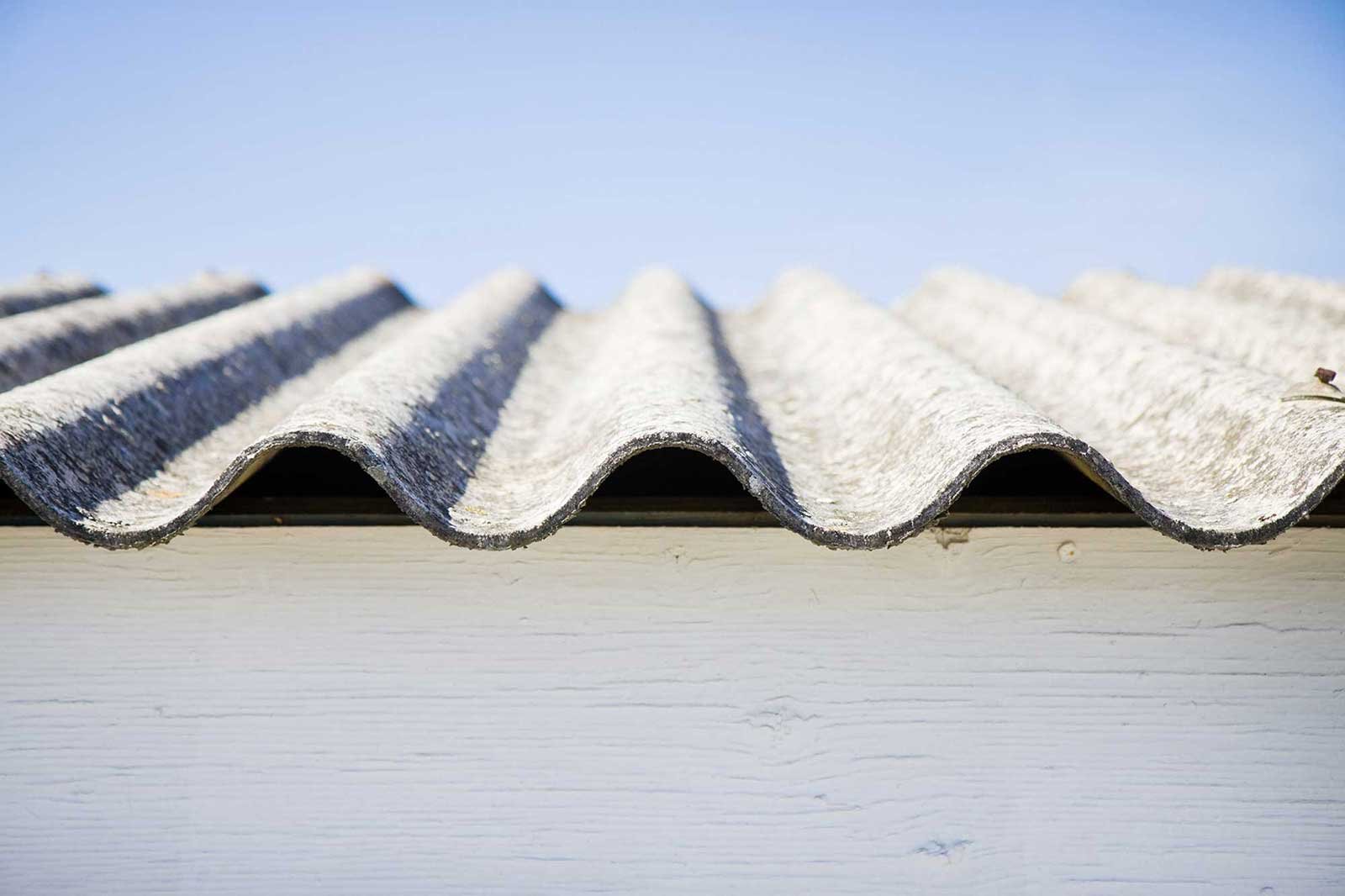




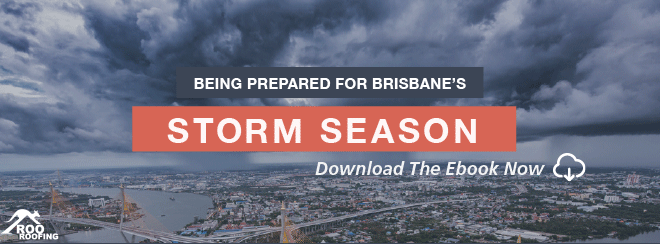
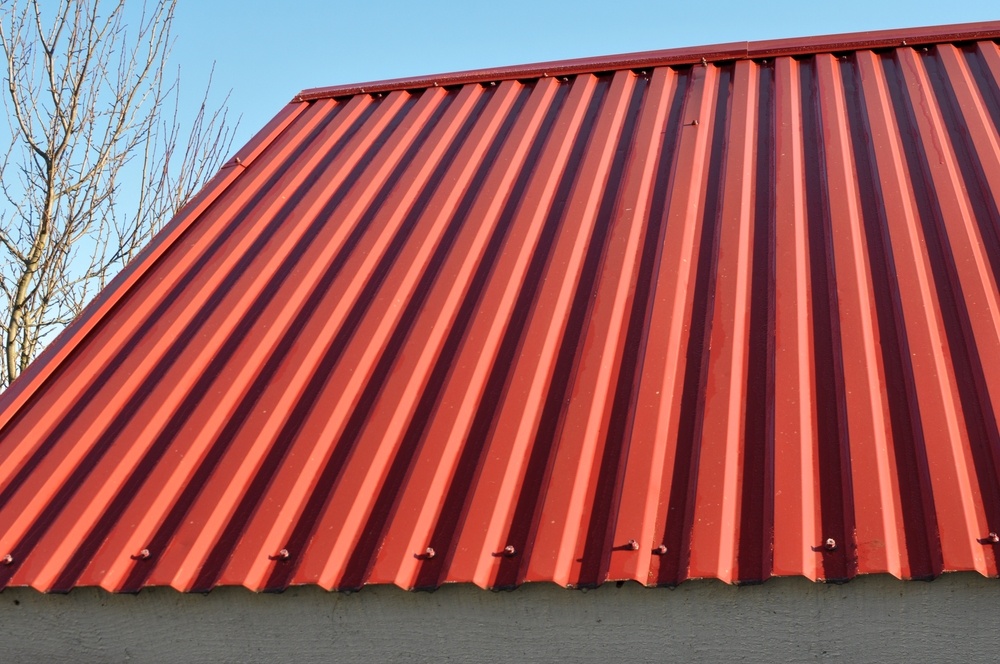
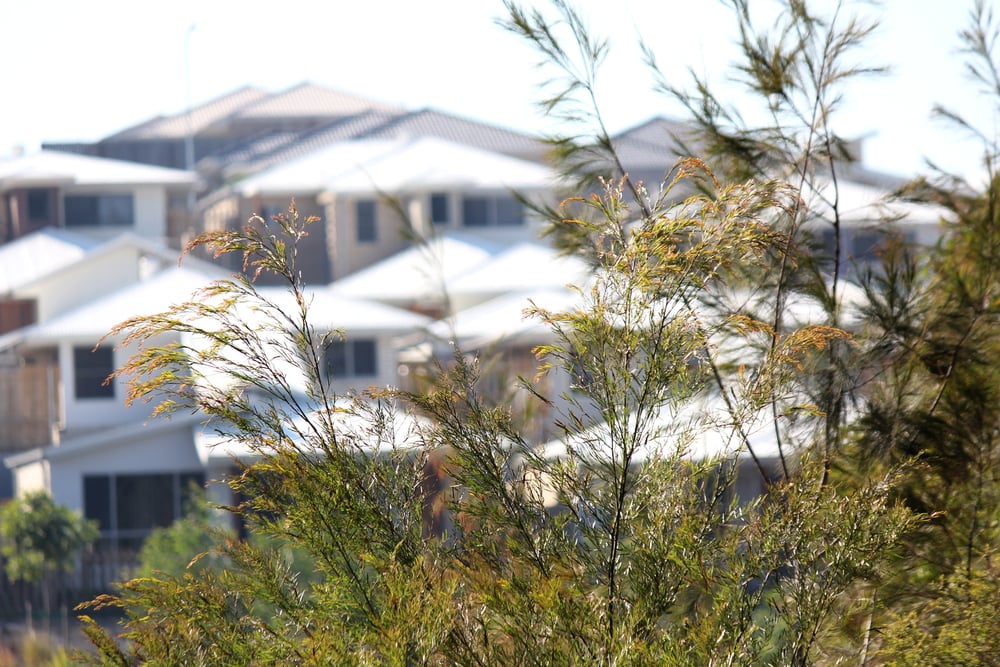

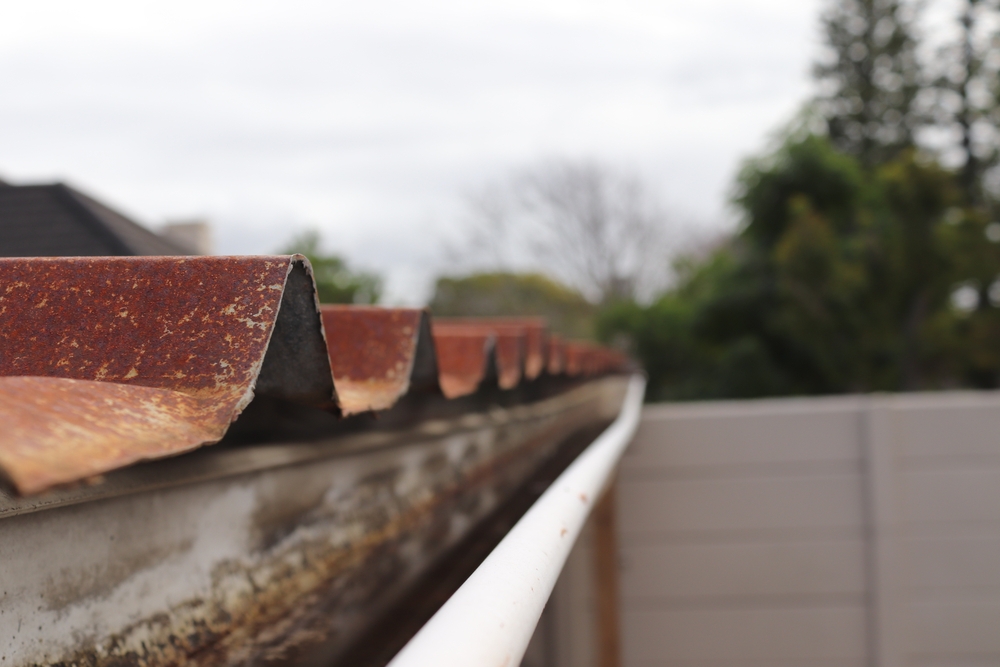
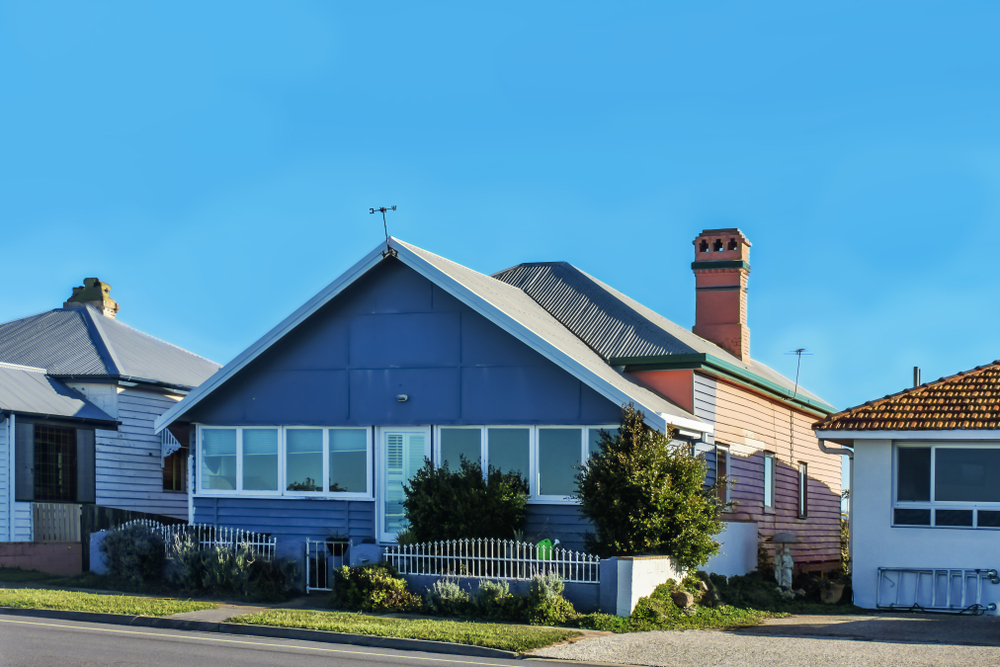
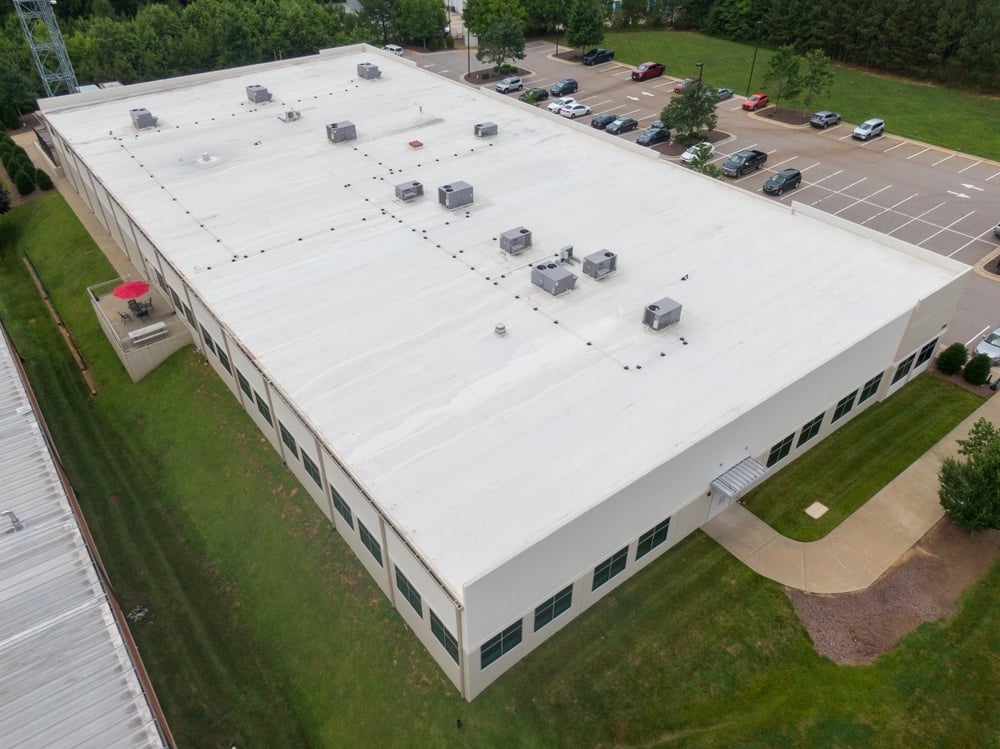
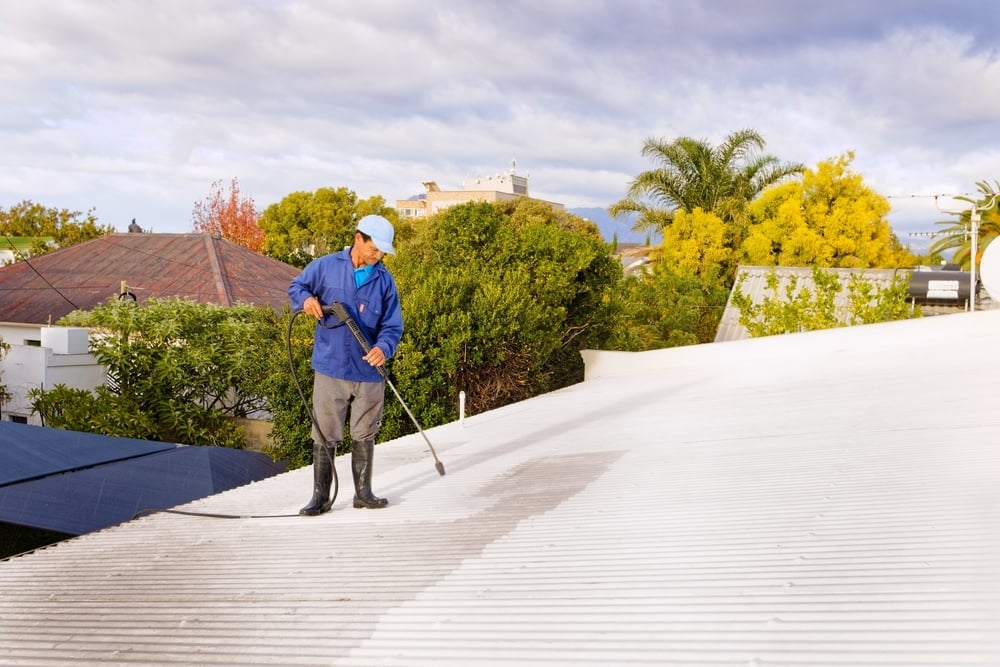
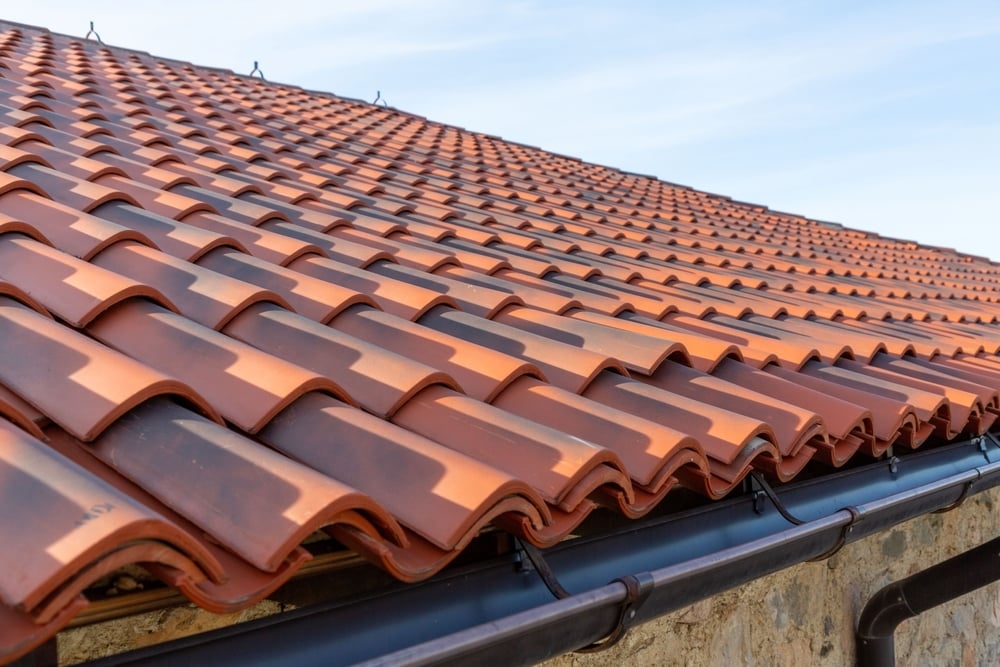
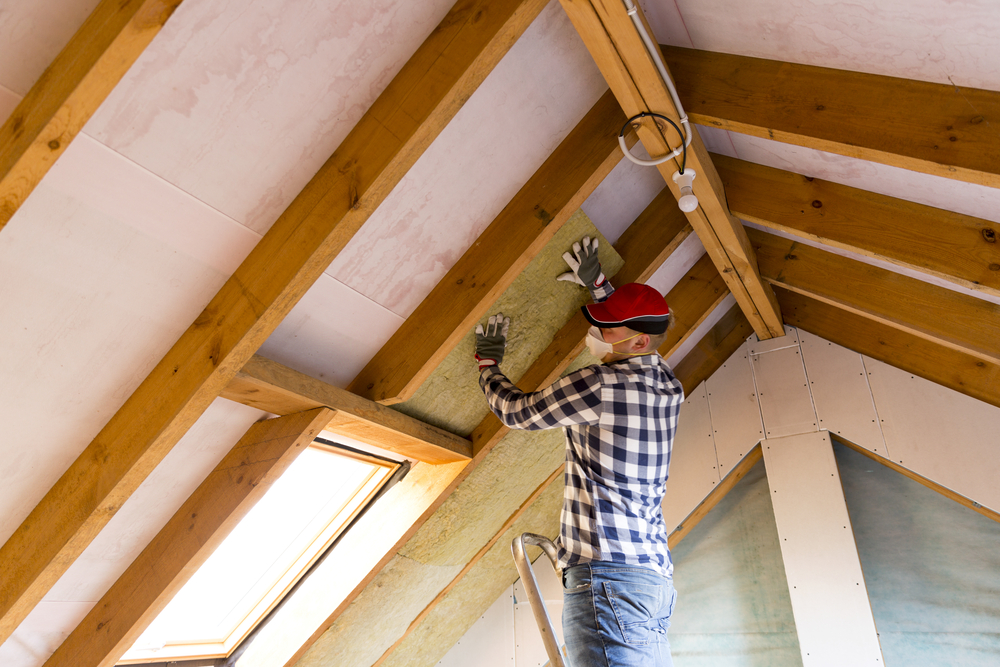
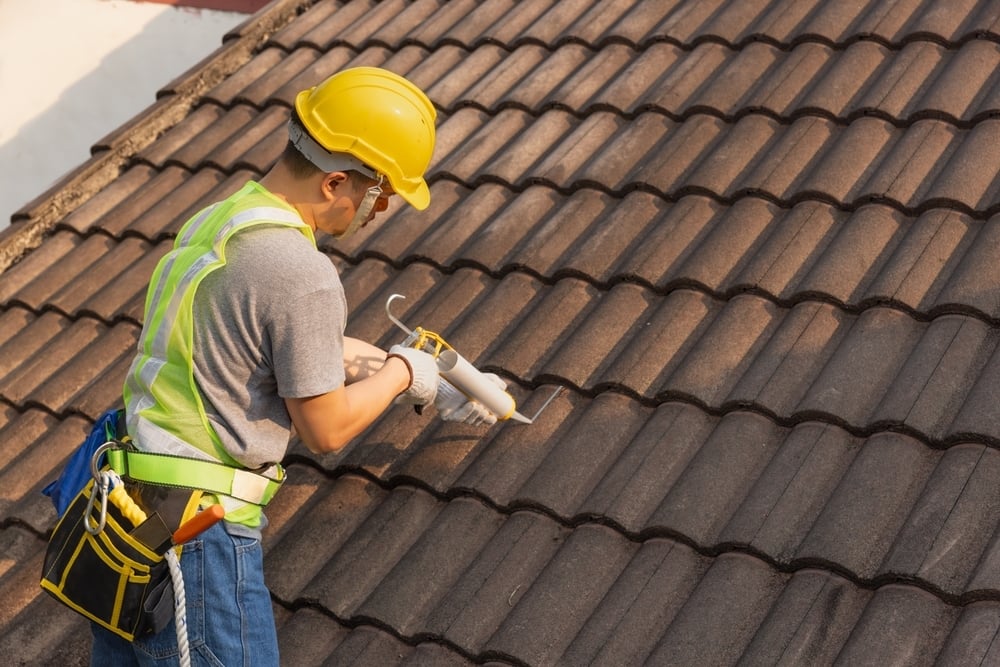
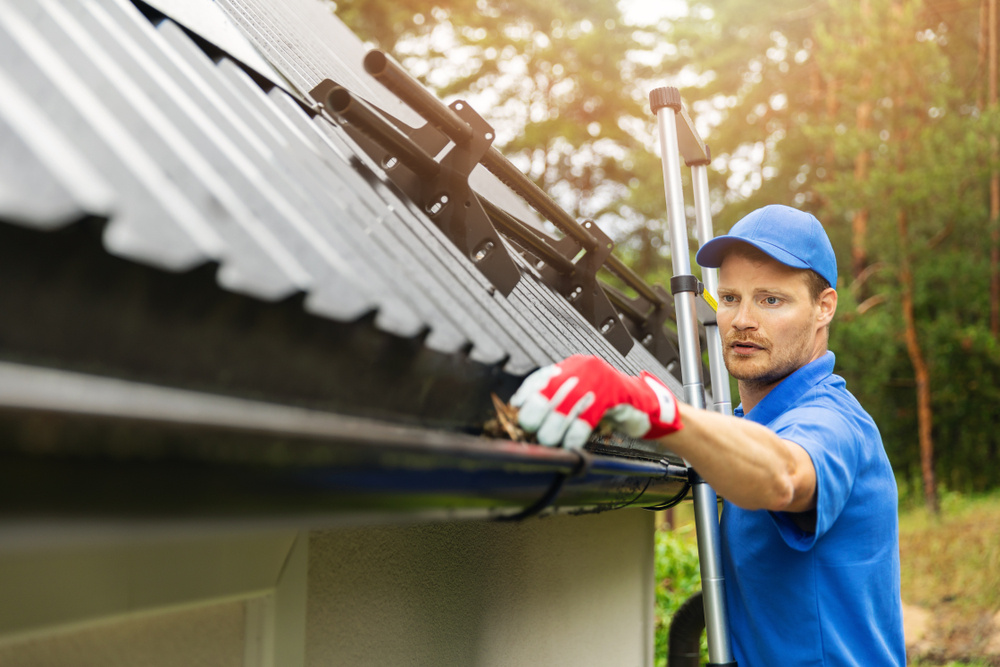

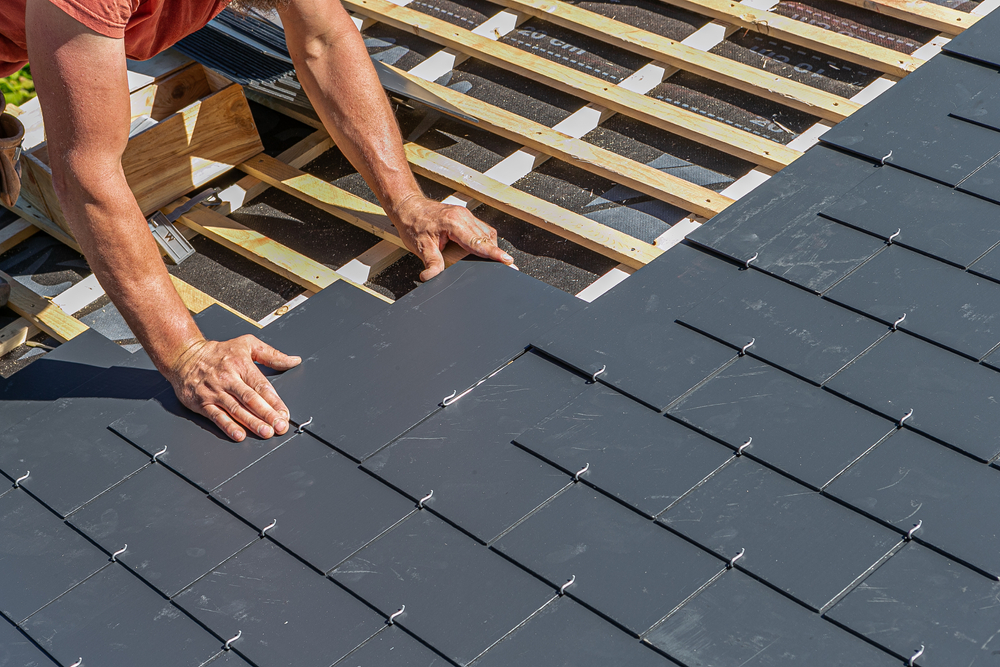
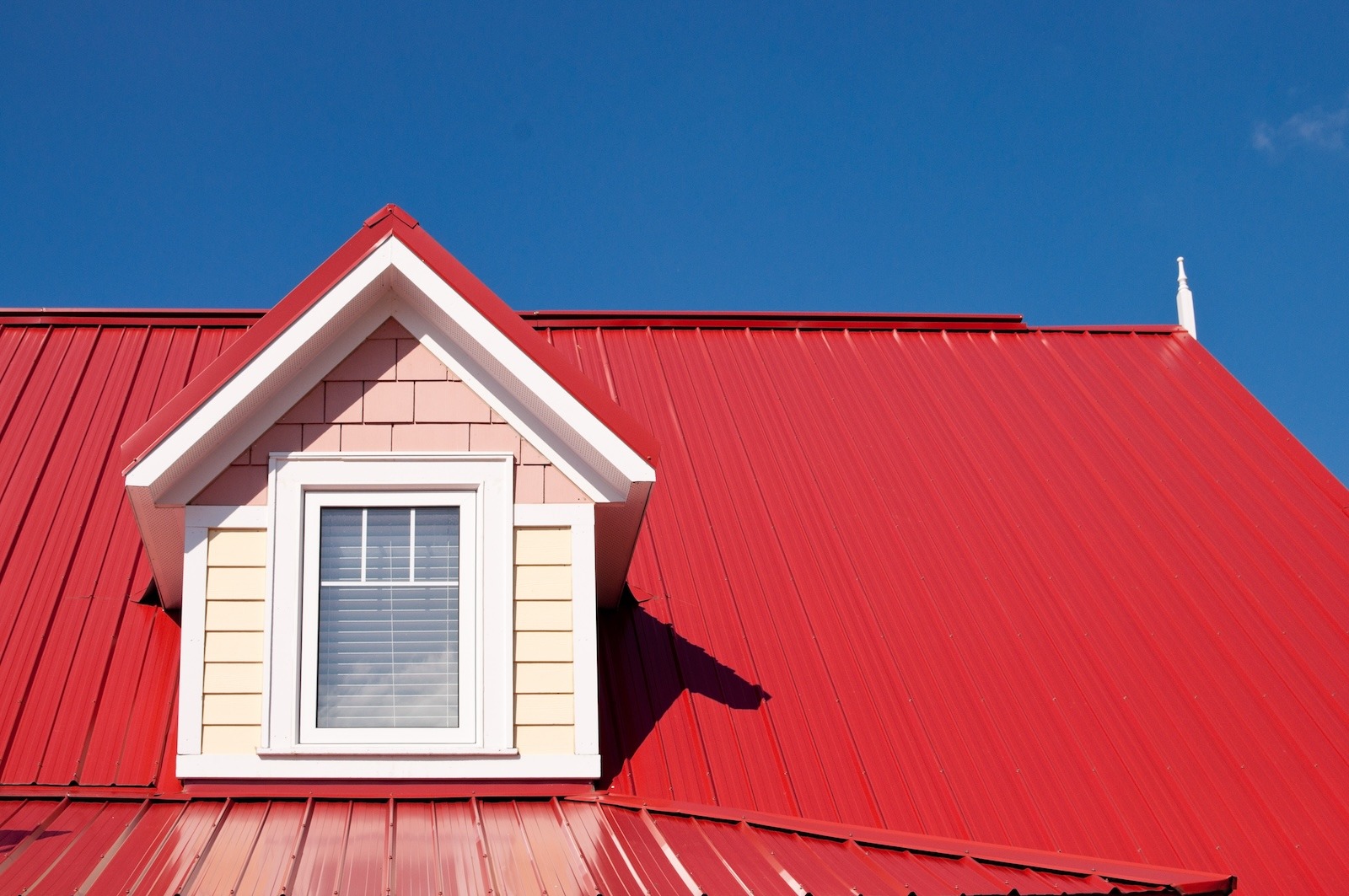
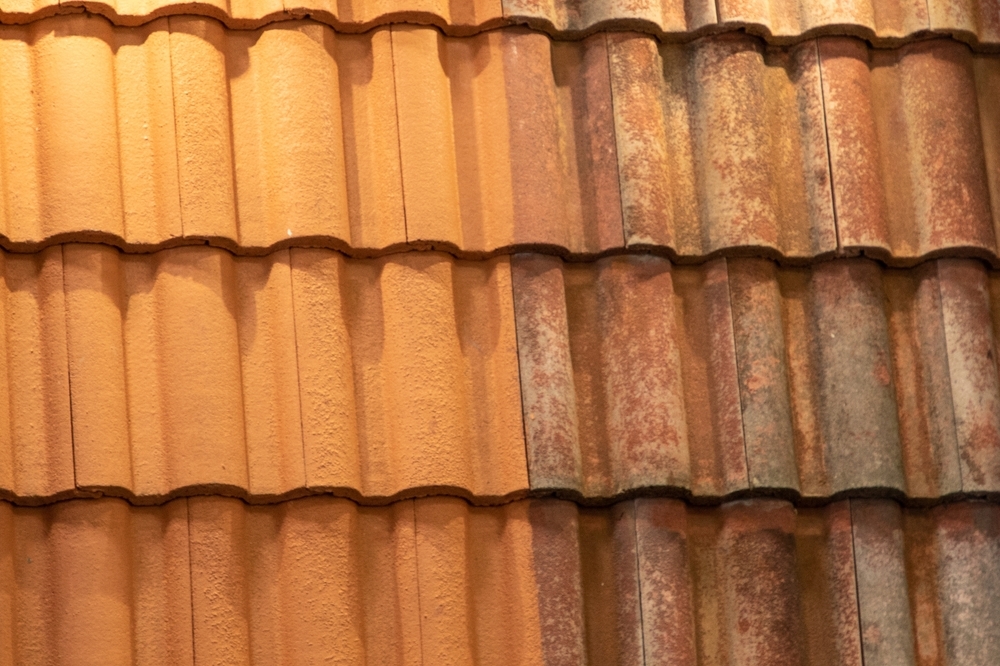
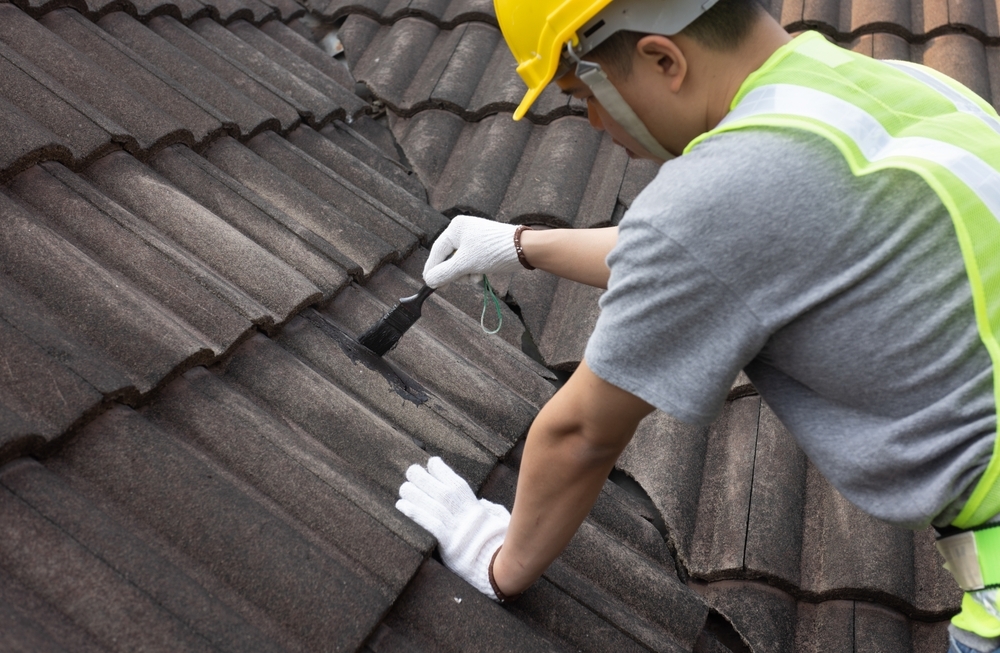
.jpg)
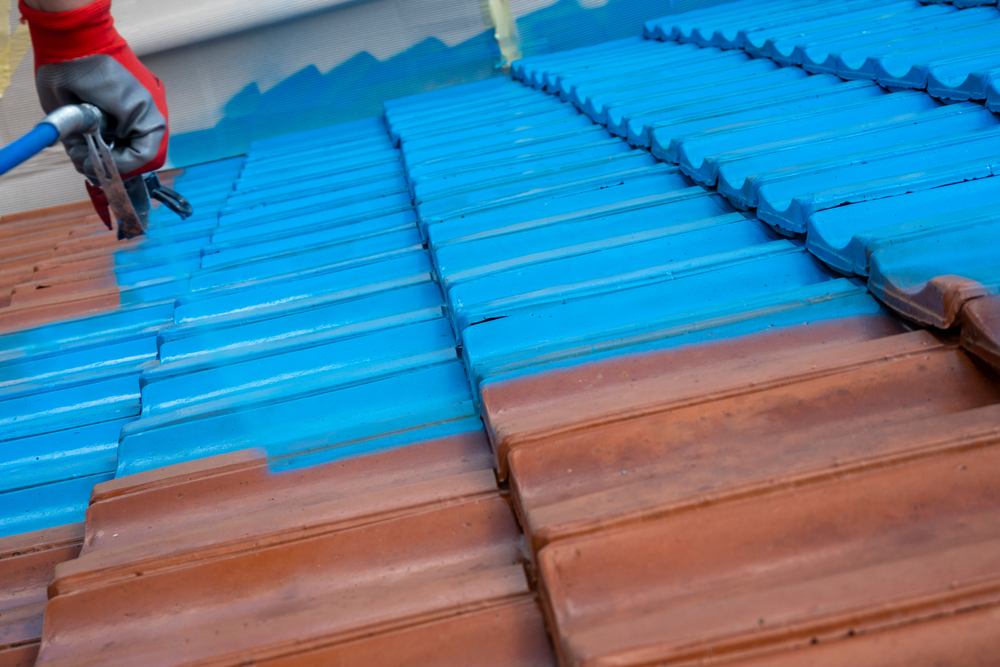
.jpg)
